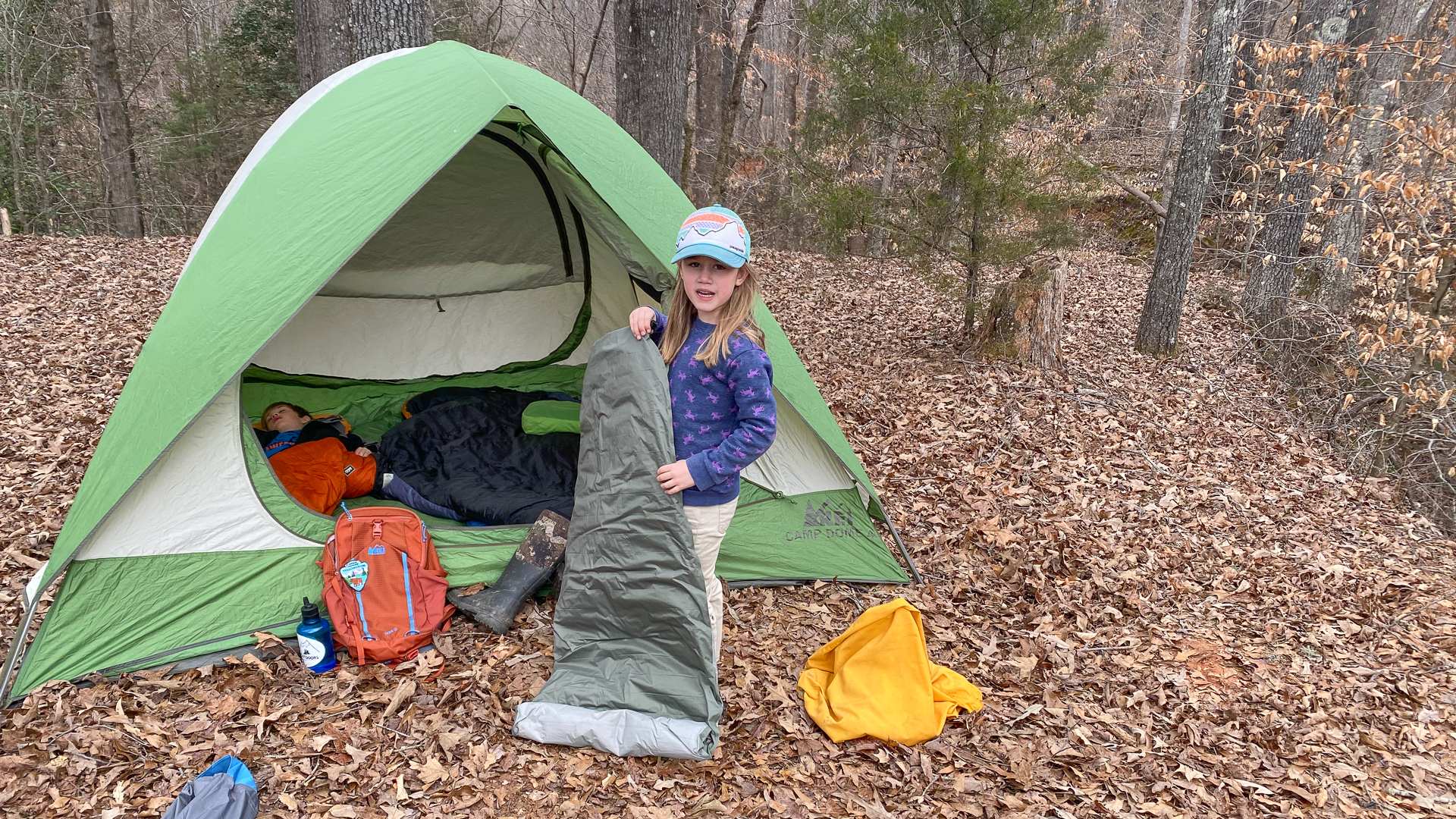
“Good sleep” and “tent camping” are words that rarely appear in the same sentence together. Figuring out a comfortable sleep system takes time and experience.
Everyone has different preferences. With a few decades of experience camping on multiple continents, backpacking for weeks at a time, and many weekend camping trips, I have whittled down the essentials for a good night’s sleep in a tent. With these tips, you will have more “trial and success” than “trial and error” on your adventures.

Examine Your Tent Site
If there are any sticks, logs or stones, move them out of your tent’s footprint before you set it up. It is a lot easier to move them before you set the tent up rather than in the middle of the night. Also, make sure your tent is away from drainage areas. Waking up to water rushing through the tent is worse than sleeping on a rock.

Keep Your Head Up
When you assemble your tent, it is best to position your head uphill and your feet downhill. If you place the tent on a side hill, the person sleeping on the downhill side will undoubtedly wake up with tentmates unknowingly cramming them into the side of the tent.

A Rain Fly Is Not Optional
Most camping destinations are at higher altitudes. Higher altitudes have an increased amount of pop-up rain showers. Pop-up rain showers, in the middle of the night, in a tent without a rain fly, will ruin your sleep.

Check The Temperature
Before you leave for your camping adventure, make sure the temperature and your gear are compatible. Look at the low temperature and make sure your sleeping gear will keep you warm. A sleeping bag rated for 20 degrees will be comfortable at 30 degrees. At 20 degrees you will not be hypothermic, but you also won’t be comfortable.

Use A Sleeping Pad
This tip is mainly for campers 12 and older. Young kids seem to be able to sleep on anything. As you get older, you tend to like more cushion. There are many options for sleeping pads: closed-cell foam, inflatable or a combination of both. It’s amazing how much better you will sleep with a 1/4-inch piece of foam underneath your sleeping bag.

Cover Your Head
If the low temperature is 60 degrees or less, try sleeping with a stocking cap or toboggan. I don’t have a scientific reason why this helps, but a thru-hiker on the Appalachian Trail told me this trick. It has helped me sleep better in the hundred or so nights that I have tent camped since.

Stay Near The Center of The Tent
Try to stay away from the sides of the tent. If it rains, a quality tent will keep you dry as long as you only touch the floor. If you touch the sides of the tent, water will soak through and each small drip adds up over the course of the night. Soggy sleeping bags are not conducive to a good night’s sleep.




